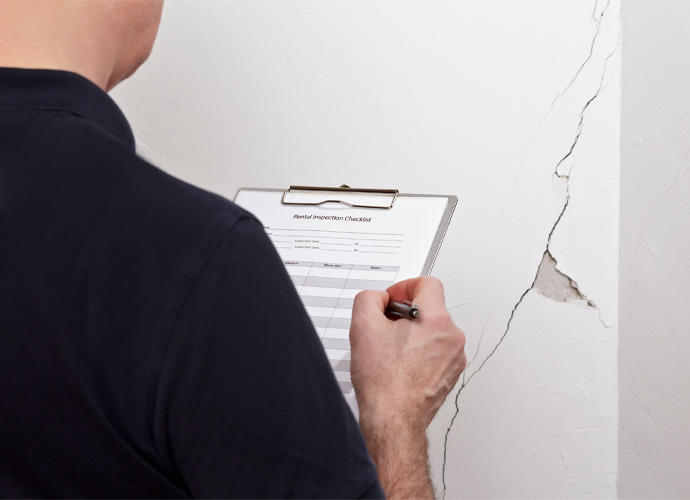When a tenant moves out of a rental property there is typically a check out process where the condition of the property is inspected. One of the reasons for this is to check for damage to the landlord’s property. If there is any, then the repair is typically paid for out of the tenant’s deposit. However, it isn’t always a clear-cut process as the check out process has to take into account fair wear and tear, which is the day-to-day deterioration of the condition of the property caused by normal everyday use. This means that the condition of the property and the items in the property do not, unless specifically mentioned in the contract, need to be the same as the day the tenant moved in. So, what is fair wear and tear?

Legal definition of fair wear and tear
There is no detailed legal definition of what fair wear and tear is as it depends on a lot of factors but very broadly it is deemed to be the deterioration of fixtures, fittings and furniture caused by reasonable use of the property.
Fair wear and tear vs damage
There is a difference between the two. As already mentioned, fair wear and tear is the deterioration caused by every day reasonable use of the property. Damage is caused by negligence, carelessness or recklessness. So, for example a frayed carpet might be considered fair wear and tear but a burn hole would be classed as damage.
What needs to be considered?
When determining what fair wear and tear is there are a few things that need to be considered:
- Length of tenancy – the longer the tenancy the more wear and tear that would be expected
- The number of tenants. Clearly if there are 4 people living in the property more wear and tear would be expected than if only 1 person lived in the property
- Condition of property when the tenancy started. How old were the fixtures, fittings and furniture at the start? If they were already quite old, then more wear and tear would be expected than if they were new
- Quality of the fixtures, fittings and furniture. Lower quality items are likely to deteriorate faster than high quality items.
Examples of wear and tear versus damage
| Wear and Tear | Damage |
| Faded curtains | Torn curtains |
| Frayed carpets | Carpets with burn marks |
| Scuff marks on walls | Holes in walls |
| Loose wallpaper | Torn wallpaper |
It is important, during the check out process, to ensure that the difference between fair wear and tear and damage is clearly highlighted and agreed to avoid any confusion. If there is disagreement then the issue will need to be determined by an arbitrator of the deposit protection scheme through the deposit dispute process.
Fair wear and tear is an important factor in ending any tenancy and a landlord cannot ask for deductions from deposits for deterioration caused by fair wear and tear. As this is very subjective, with no clear definition in law. It can be a grey area. It is, then important to be very precise during the check in process and also come to agreement in the check-out process.






